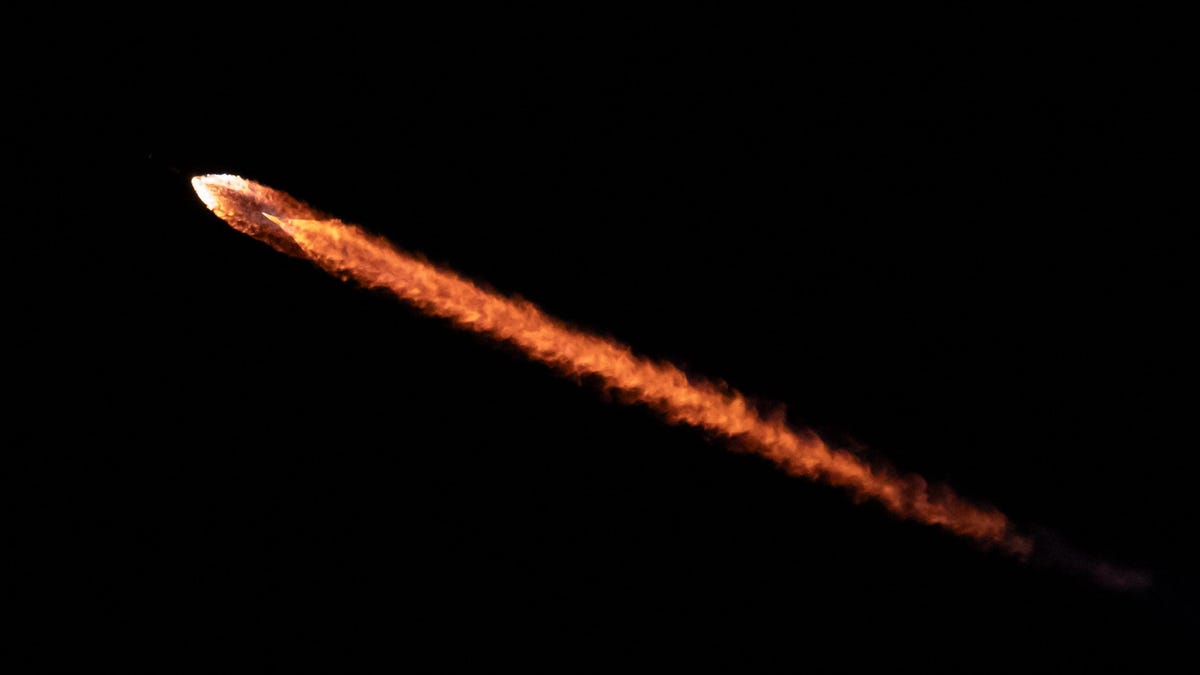Too bad those metals can’t reflect some sunlight and help with climate change.
They do, but not enough to matter in the slightest
Are you saying we have to pollute the atmosphere more? Don’t mind if I do! /s
Approximately 5,000 tons of space dust etc. enter Earth’s atmosphere every year. Which is about 50 times the amount of space junk that enters the atmosphere annually.
But the composition is not the same as space dust, and could have a negative impact on the chemistry of the atmosphere.
Space dust and meteors are rich in Nickel, Iron, Cobalt and precious metals and at 50 times the concentration of the metals primarily found in satellites like Aluminum, Titanium and the like. What impact do you think Nickel and Cobalt have on the atmosphere?
How many petrochemicals are there in meteors? How much hydrazine?
Probably effectively about as much as a satellite exposed to a 3,000 degree celsius reentry in an Oxygen rich atmosphere. These are flammable substances that either burn or are destroyed outright by extreme heat. This is my point. People dont really know what they should be worrying about. High sulfur oil burned by cargo ships because its dirt cheap and unregulated is worth worrying about. CO2 emissions are worth worrying about. We are on a path to making this planet uninhabitable with how slow we are tackling global warming. The oceans are becoming progressively more anoxic and animal biomass has collapsed by over 70% in the last 50 years. We are causing enough damage to the planet that we are effectively causing the 6th major mass extinction. But it isnt because of the trivial amounts of satellites that burn up in the upper atmosphere. Its due to things that no one seems to give a shit enough about to actually stop. Which is sad because we have been successful in some attempts to restore the environment. The Montreal Protocol for example significantly curtailed CFC production which does seem to be allowing the Ozone hole to heal slowly over time. Regulations meant to reduce Nitrogen Oxides in the US worked really well with a cap and trade system. We have the capability to tackle problems if we as a species wish to do so. The problem is that we would rather focus on small things and not tackle the problems that are going to make this planet a former host of intelligent life.
Honestly, I don’t know. And while this is not to say I don’t care, humanity and the world we evolved to live in have always survived under the existing conditions. Measurable amounts of man-made materials vaporizing into our atmosphere isn’t something humanity and nature have traditionally dealt with.
And sure, the earth is big, there’s a lot of space dust, and perhaps not a lot of it comes from man-made sources.
But at one point mankind also thought forests to be too big use up. We keep telling ourselves that we’re not running out of oil or that we’re not over a climate ‘tipping-point’. We thought we couldn’t punch a hole into the ozone with hair spray and air conditioning, but here we are, with one of the largest ozone holes on record this year.A little concern is probably warranted, at least until scientists can study what the impact will be.
When did starlink change its name? /s
This is the best summary I could come up with:
Around 11 miles above Earth’s surface, leftover bits from rockets and spacecraft are lingering in our planet’s atmosphere that could potentially have a lasting effect on the climate.
A group of scientists flew a sensitive tool attached to the nose of a special research plane, sniffing out aerosols in the atmosphere.
They found significant amounts of aluminum and exotic metals in Earth’s stratosphere, which could alter the second layer of the atmosphere, according to a new study published Monday in the Proceedings of the National Academy of Sciences.
Scientists have long suspected that Earth’s upper atmosphere might be changing as a result of the burgeoning space industry, but this area, which extends up to 32 miles (51 kilometers) above the surface, is quite challenging to study.
In order to test that theory, the team behind the study operated a NASA WB-57 airplane to sample the atmosphere 11.8 miles (19 kilometers) above the ground in Alaska.
That number is only expected to increase as the space industry continues to launch more satellites and spacecraft to Earth’s orbit and beyond.
The original article contains 524 words, the summary contains 178 words. Saved 66%. I’m a bot and I’m open source!




